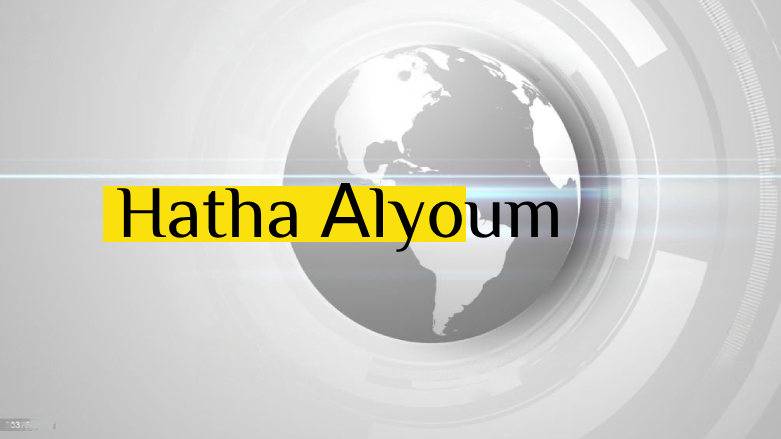Hamza al-Khatib was a symbol of Syria’s revolution. His family paid the price

Suraqa al-Khatib was 11-years-old when he followed his older brother, Hamza, to the protest.
Syria’s revolution was nascent. Daraa, a rural city near the southern border with Jordan, had become its epicentre.
And Bashar al-Assad’s troops were besieging it, trying to crush the uprising before it had barely begun.
On 29 April 2011, various members of the Khatib family joined a rally heading towards Daraa from its eastern countryside.
Gathering on the roads flanked by olive groves, the protesters approached the town of Saida. Khatib’s father sent him back home, and it’s just as well he did.
Soldiers under the command of Maher, Assad’s brother, opened fire.
“The protesters just wanted food,” Khatib, who is now 24, recalls as he sits in his family home in the village of al-Jiza, outside Daraa.
“Everyone was so poor, so all the villages rose up so the government would give them something to eat.”
In the chaos, Hamza, aged 13, disappeared. The government had cut all electricity as well as the phone lines, but his family learnt he had been detained.
“We had no idea how to get him back,” Khatib says. “My mother stood at the doorstep every day waiting for Hamza to return.”
When he did, 26 days later, Hamza was dead and badly mutilated. The 13-year-old showed evidence of horrific torture. He had been burnt, shot, shocked with electricity and had his kneecaps smashed.
“They cut off his penis and made him continuously drink water so he always needed to go to the toilet,” Khatib says.
Symbol of the revolution
In death, Hamza al-Khatib became a rallying cry for Syria’s protest movement, a tipping point as anger with Assad and his authorities mobilised people across the country.
Over the following years, Daraa’s status as the “cradle of the Syrian revolution” drew a brutal response from Assad’s army.
War has touched almost every building in the city, where today children poke their heads through shrapnel holes to watch the streets below coming back to life.




